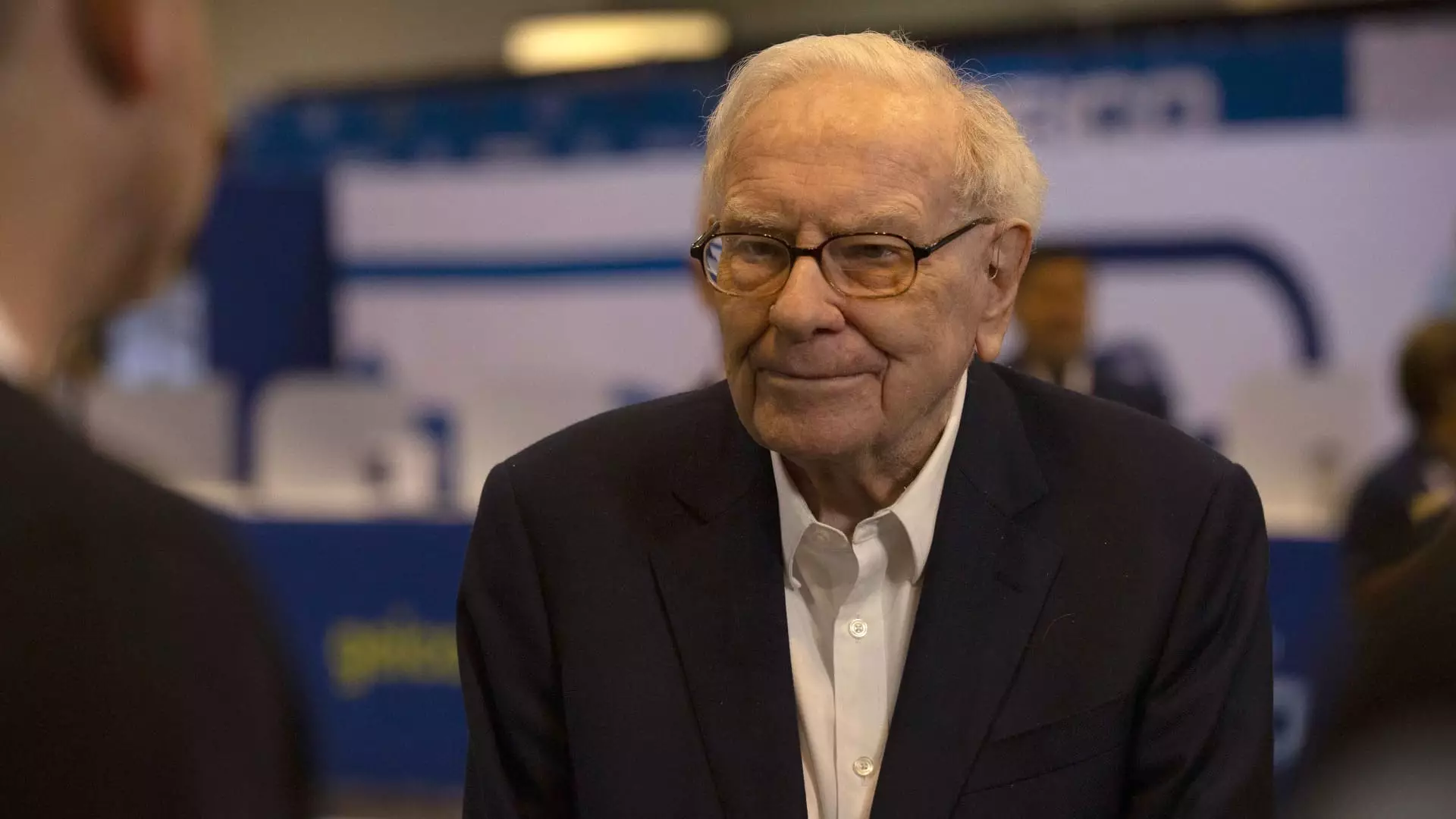Warren Buffett, the renowned investment mogul and CEO of Berkshire Hathaway, is making noteworthy adjustments in his portfolio, particularly regarding the banking sector. The recent decision to reduce Berkshire’s stake in Bank of America below the pivotal 10% mark marks a significant shift in Buffett’s investment strategy. This decision was publicly disclosed in a submission to the U.S. Securities and Exchange Commission (SEC), wherein it was revealed that more than 9.5 million shares were sold between Tuesday and Thursday. As a result, Berkshire now owns approximately 775 million shares, translating into a 9.987% ownership stake in the bank. This move not only minimizes regulatory oversight, as the SEC mandates timely reporting for large shareholders, but it also signals Buffett’s cautious approach to banking investments amidst ongoing uncertainty in the financial landscape.
Despite Berkshire’s decision to lessen its stake, Bank of America’s stock has shown resilience, experiencing an uptick of roughly 1% over the past month. This resilience can be attributed to several factors, primarily the bank’s own stock repurchase initiatives, which have helped bolster investor confidence. Moreover, Bank of America still holds the distinction of being Berkshire’s largest institutional investment, suggesting that while Buffett is pruning his holdings, he remains committed to the bank as a core element of his investment strategy.
Buffett’s history with Bank of America dates back to 2011 when he famously invested $5 billion to support the bank following the turmoil caused by the subprime mortgage crisis. His strategic decision to convert warrants into common stock in 2017 reinforced Berkshire’s position as the bank’s largest shareholder. In subsequent years, Buffett further intensified his investment by acquiring an additional 300 million shares, signaling a confident long-term outlook at that time. However, the recent sell-off mirrors a broader trend in which Buffett has been divesting from established banking institutions, signaling a more cautious stance toward the sector overall.
An Underlying Caution Toward Banking Investments
Buffett’s recent actions may also reflect deeper concerns regarding the overall stability of the banking sector. Last year, he expressed doubts about deposit stickiness, a sentiment shaped by the historical context of bank failures during both the 2008 financial crisis and the more recent banking issues evident in 2023. Buffett noted that the crises fundamentally altered public confidence in the banking system, a viewpoint exacerbated by unclear communication from regulators and elected officials. Additionally, technological advancements in finance pose unprecedented risks; instant access to funds has made bank runs more feasible during moments of distress, further complicating traditional banking paradigms.
With the uncertainty surrounding banking investments, Buffett’s recalibrated strategy will undoubtedly be observed closely by investors and analysts alike. His next required filing—13F—won’t reveal the entirety of his positions until mid-November, but it will certainly shed light on how Berkshire is maneuvering in the evolving financial landscape. As trends shift and the market grapples with emerging challenges, Buffett’s prudent actions will continue to resonate, offering lessons in caution and strategic foresight for both institutional and retail investors.

